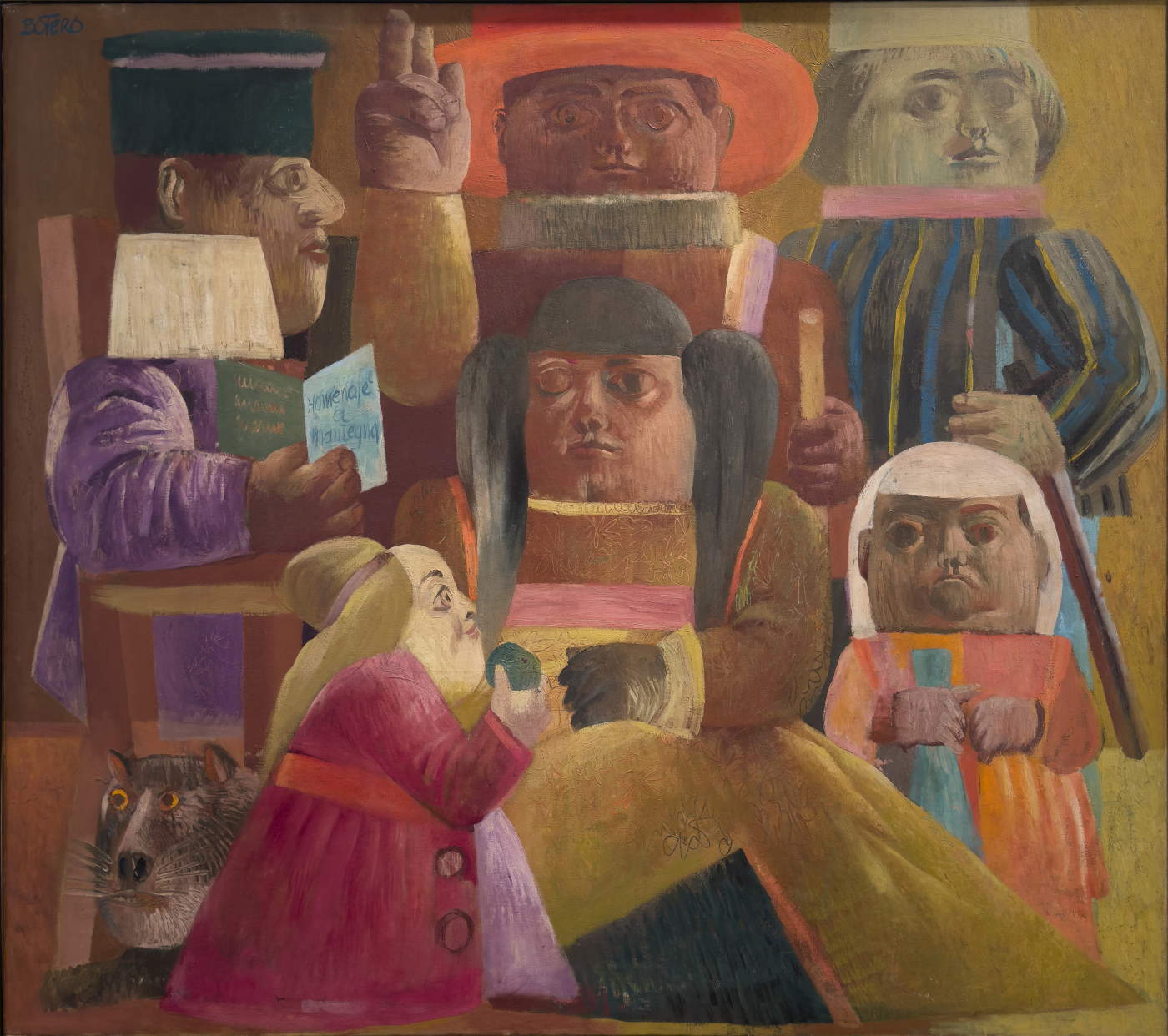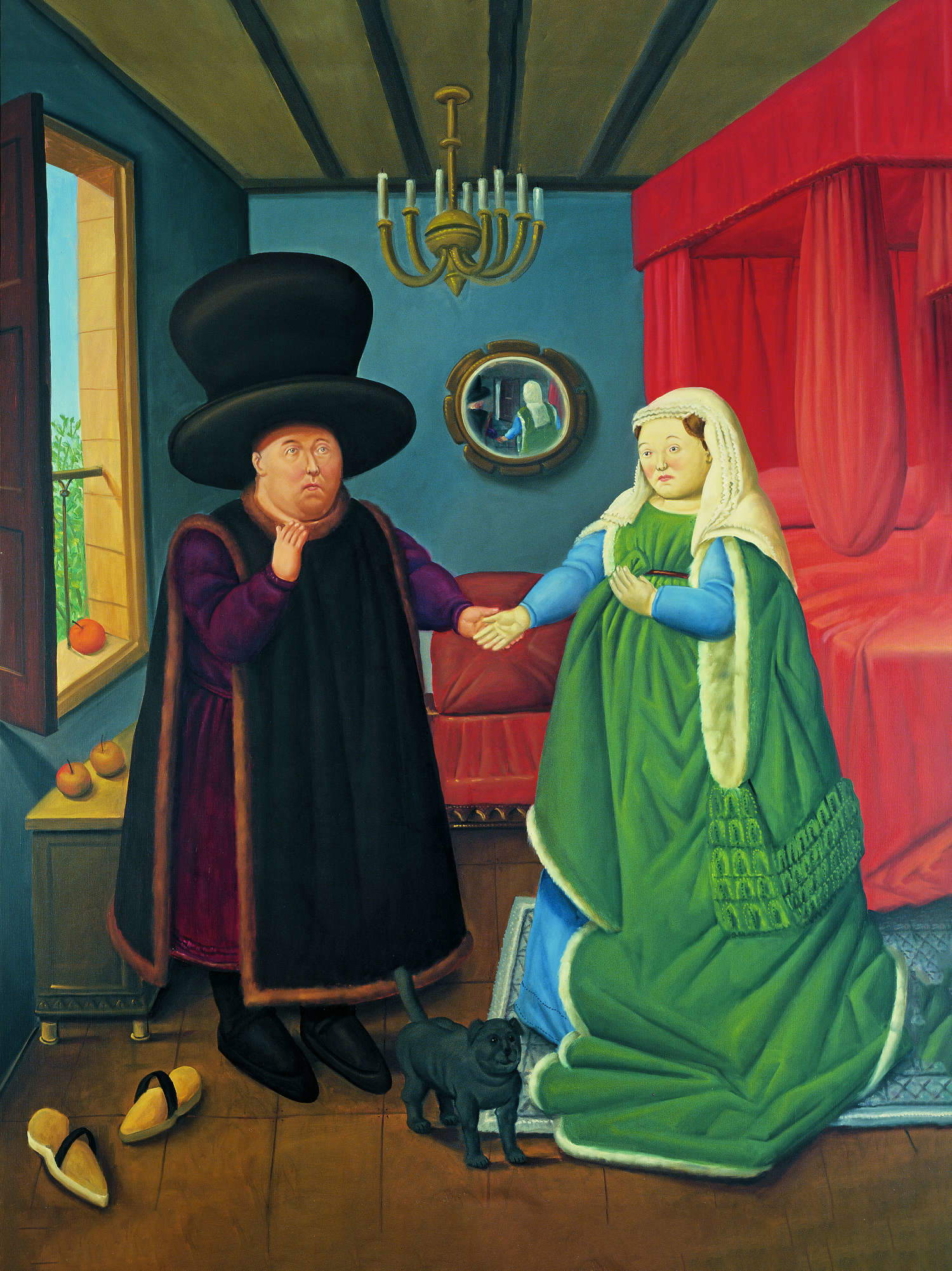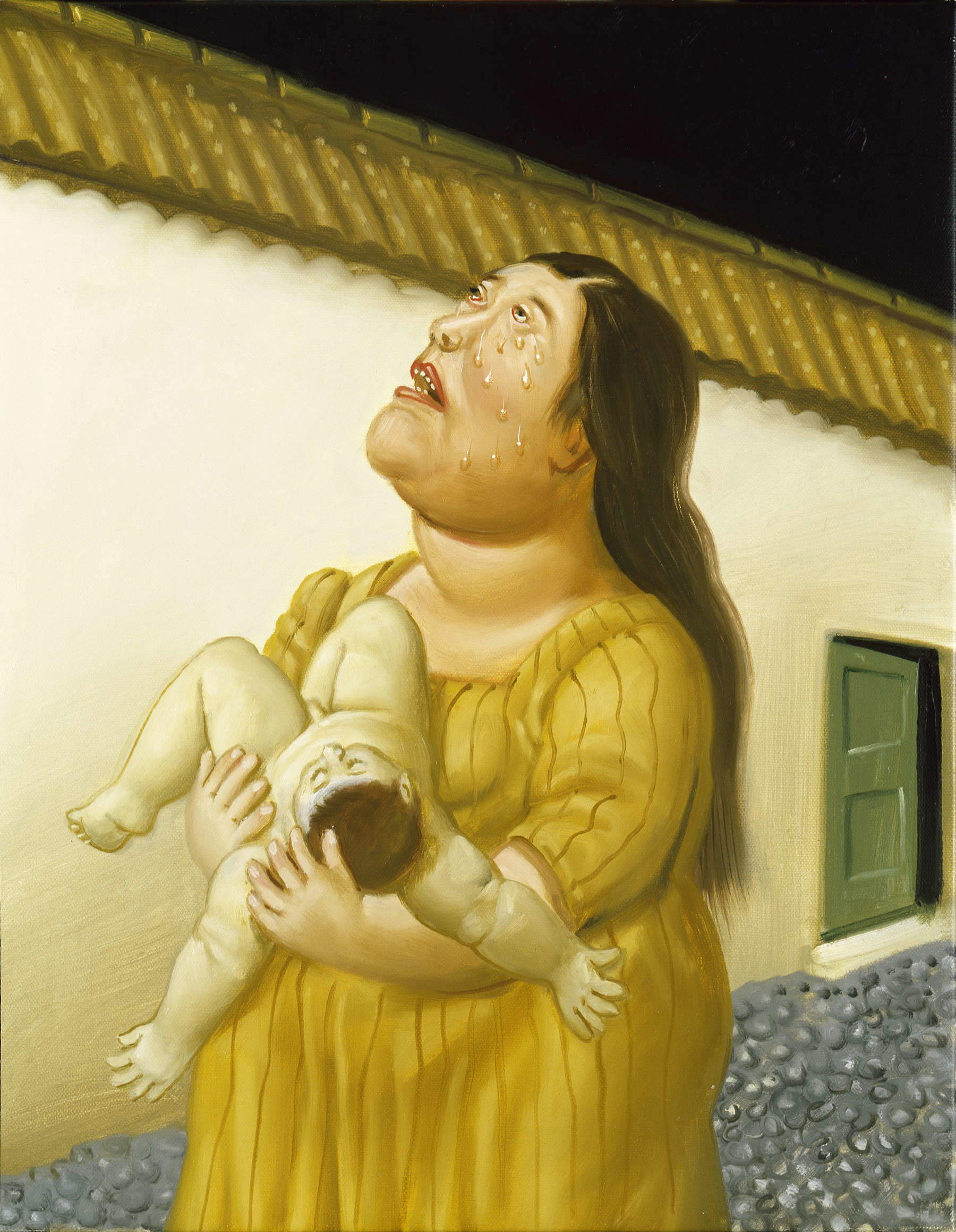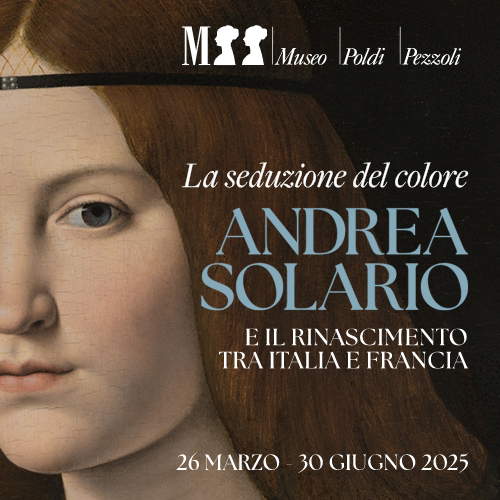Unlikely eulogy of Botero: that is, of the Botero we would like to see
The years in which Fernando Botero appeared in the art world, that is, in the late 1940s and early 1950s, were for Colombia marked by a social climate where violence was the order of the day (as, for that matter, is the case today with the domination of ruthless criminality). So it was with the civil uprising that erupted after the assassination of the Liberal Party president in 1948 that bloodied the streets of Bogota causing more than three hundred thousand deaths. It was then that the young Botero from Medellín went to live in Bogotá itself, and between 1951 and 1952 he held two exhibitions in the gallery of photographer Leo Matiz. Twenty years old and fascinated by the muralism of Rivera & C., Botero harbored a passion for colonial Baroque, but looked to modern artists: in particular, Gauguin and Picasso. In 1953 a military coup overthrew Colombia’s conservative government and took over power for a few years, until 1957, when Botero had his first exhibition in the United States: he wanted to be recognized as an artist and aspired to notoriety. He therefore decides to leave his country bound for Spain, and from Madrid the journey he has undertaken in Europe takes him to Paris and then to Italy, to Florence where, as he will say, he discovers the charms of the Renaissance, particularly Paolo Uccello. The thread of the rapid biography, however, unravels and the narrative almost immediately enters a repetitive stalemate that seems to get lost in a kind of indefinite time, aesthetically always the same, of which his painting “exploded” to monumental dimensions seems to caricature the world and his own time without scratching. His Latin American donnons and puppets swell from some sort of estrogen treatment, all seeming to suffer from water retention and adipose dysfunction. For Botero this is not a naïve syndrome; on the contrary, it is the result of a properly artistic discovery.
I know more than one person who considers Botero the most overrated artist in history. After all, such a “huge” judgment fatally and specularly corresponds to his “inflated” art. When did Botero have the revelation of his style? One day, while he was drawing a mandolin, he arrived at the resonance hole and realized it was too small compared to the correct size, but since the ratios between the parts held, he wondered what law gave the whole a monumentality based on the volume that gave strength to the figure: it was the proportion of the parts by reason of which the mandolin as an object, even if painted with the utmost realism on canvas, had a language all its own, different from the mandolin capable of playing. The discovery of hot water? Sure, but if one had never thought about it before, here is the rule of art as harmony turns out to be surprising and can change your life. For half a century and more Botero has held to the rule and his style. Undoubtedly, the artist’s confession has a caricature value of what we call art. All the more so since Botero reaches Kitsch when he takes examples from art history from which he makes what he called “Versions,” paintings that rework famous works of painting according to Botero’s gigantism.


In Rome, in the Palazzo Bonaparte in Piazza Venezia, two floors of the building accommodate the Botero exhibition organized by Arthemisia, which also offers some evidence inspired by authors such as Mantegna, Piero della Francesca, and Velázquez. But Botero, elaborating on his expanded measure of form, says he picks up on the suggestions of the streets of Bogotá, those animated by the women who walk all harnessed up and the men locked in their strutting robes who accompany them, or witness the lives of campesinos contrasted with those of soldiers, ras, profiteers and dancers. That would be, if you will, an attempt at social criticism. But how is it that those figures, which might have sprung from the hand of a bamboozler or a madonnaro representing a kind of comic theater, do not etch our retinas as they would like, rather they act like decorative images? Puppets dilated in form that when they move do not move the air, nor give off smells or vapors, do not communicate the very human feelings of real though imaginary lives?
We would like, for once, to see a Botero exhibition made up entirely of works executed between his twenties and thirties, when the problem of the daily loaf might still have been among his priorities, even as the son of merchants, along with the need to excel in painting. We would like to understand whether the relationship with Colombia still wounded by political struggles and military coups ever found an answer in his painting outside the harmony of forms that seems to have been Botero’s sole and constant concern for more than half a century.
On display in the exhibition are scenes of massacres, crimes of passion, mothers mourning their dead children, some scenes inspired by the events of torture at Abu Ghraib. But everything falls back to illustration devoid of pathos, blood does not stain and sweat does not stink, piss and shit are “decanted,” missing the toxins that fear, pain, and terror that impregnate human secretions. Why so much attention on Abu Ghraib, and little on the Colombian narcos’ drug cartels, or the banana trade that earns crime bosses billions of dollars? Exhibition lapses or omission out of charity?
Botero’s painting always has something inhuman about it, which leaves no trace on the viewer’s clothes, does not scratch our retinas. The swollen hand of a tortured prisoner, also executed as a bronze sculpture, does not speak the language of tragedy, but falls into the trap of representing torture. Evil, its hideous hunger for innocence, its boundless abomination greedy for injustice, confronts us with what communication experts call “black words,” sounds without meaning even though paradoxically they are still words. Evil is an emptiness that cannot be explained, what closest to nothingness is given to man to feel. It is a limitation that reason cannot argue. But Botero talks, talks, talks, paints something that cannot be painted and expands it until it occupies a wall, so that the drama becomes decorative staging.
I wonder if a critical act in search of his reasons does not fatally risk falling into an unintentional praise of Botero. Certainly against the grain, with respect to the sentiments of many critics, although among those who have sinned on the Colombian painter are authors such as Fumaroli, Testori, Almansi, Restany, Daix, and - a fact not to be forgotten - among the galleries that have offered his work is the Marlborough in New York and Madrid, the same one that exhibited Bacon in London. And of the rest he has touched in various international venues an exhibition entitled The Baroque World of Fernando Botero.



Perhaps the real sin is to confuse the Baroque as we know it in Europe with a Baroque that is not so much the hyperdecorative and symbolist Baroque of the 17th-century Latin American, colonial world, but the bulimic passion that determined Botero’s expanded form with a certain mechanicity. Baroque as such is not only space of the imagination, it is not only fluidity and movement, the making great of perception through the five senses; it is also realism and verisimilitude that does not stop at the representation of types and thoughts. In Botero, on the other hand, it becomes cliché, a way of facing the scene of the world that flees the real strong sensations, the deep passions that make life irreducible to a consolatory form, harmonious in its proportions but afraid to go all the way with an art that is the parallel and dilated universe of life.
In this horizon even beauty becomes a blunt object, striking and sometimes wounding, but making us touch the greatness of our condition. To see the threshold of the human in Botero’s painting, it is perhaps necessary to go back to when, in the 1970s and 1980s, the graphic sign and color expressed in the image the nostalgia for what was lost. For there is no doubt that the Colombian artist’s landing in the West coincided with the abandonment of an air of home that little by little was absorbed, as with certain odor-eating deodorants, by the clean, ornamental painting of Botero’s last thirty years of work: the imagery is more or less the same, but the sign is unmistakably designed to produce works with recognizable, odorless imagery: art, if you will, from an international showroom (with exhibitions acting as a propellant).
In every story there is always a crack through which the memory of when life transmitted its passions to us seeps: confirmation, in Rome, is found in the 1990 Portrait of the Father , where that distant world still presents itself to the artist’s mind as if memory prevented the synapses from organizing themselves according to a formal pattern predetermined by the market of fame.
Warning: the translation into English of the original Italian article was created using automatic tools. We undertake to review all articles, but we do not guarantee the total absence of inaccuracies in the translation due to the program. You can find the original by clicking on the ITA button. If you find any mistake,please contact us.



























